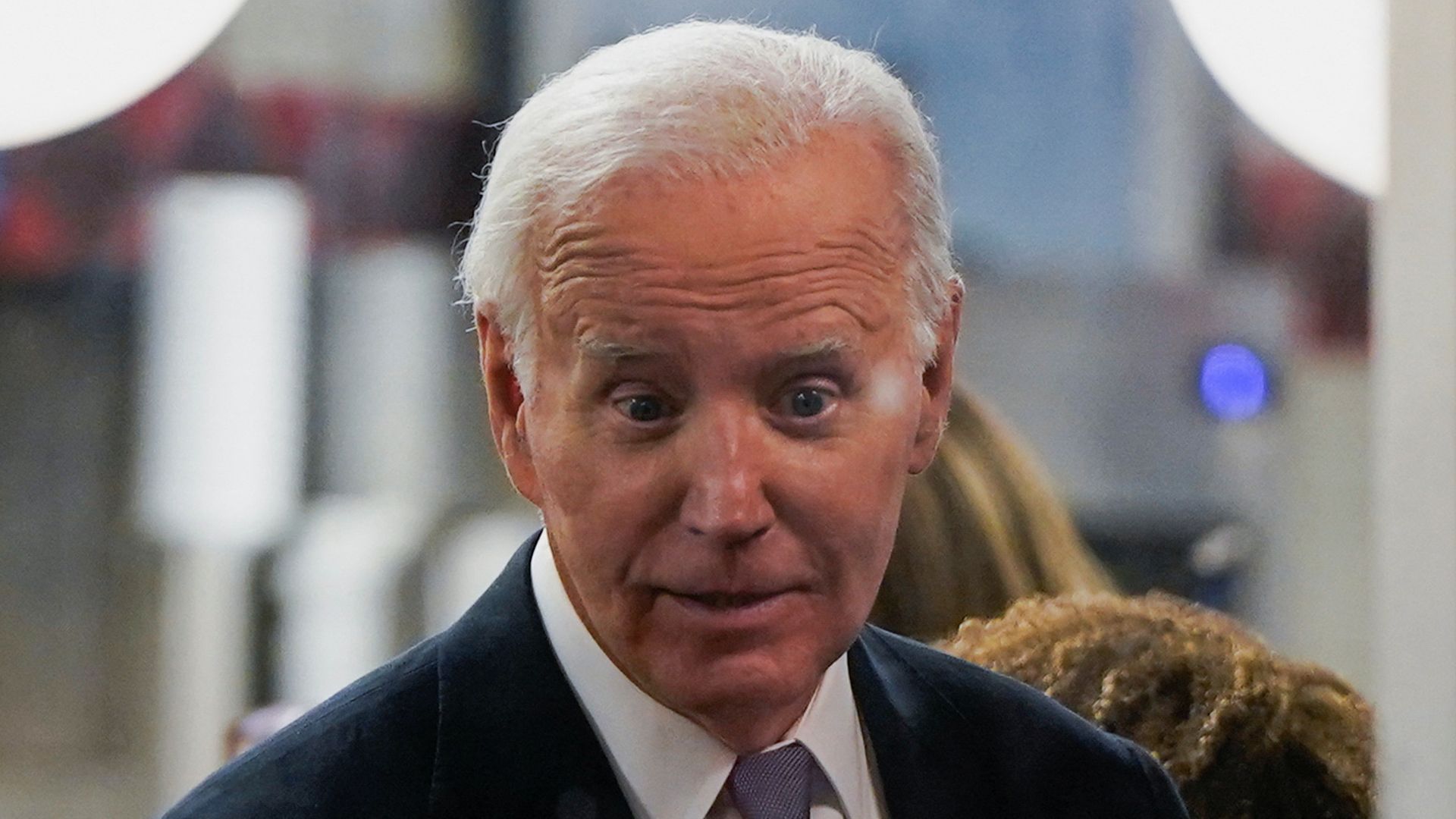
Offering a unique insider perspective, David Choi chronicles his encounter with arguably the most notorious trade in crypto’s history.
Unpacking the ‘Widowmaker Trade’ That Upended the Crypto Industry
In the annals of cryptocurrency’s roller coaster history, 2021’s so-called ‘widowmaker trade’ stands out for many reasons, including the amount of veterans it caught by surprise and the number of entities like Three Arrows Capital (3AC), Blockfi, and FTX that ultimately were undone by it.
David Choi, an angel investor, MEV sniper and former crypto fund manager, shared a fascinating insider’s account in a thread on X, detailing his journey through the infamous widowmaker trade.
1/ I lost -$700k in a single trade… and I was lucky.
In 2021, it was known as the Widowmaker Trade. The single reason for all the blowups (3AC, Blockfi, Silvergate, FTX).
I even sent an email & had a call about the systemic risk, but the market was pumping, so who cared? Me pic.twitter.com/8PfCWQe3W7
— David Choi 🏧 (@0xZergs) January 13, 2024
The trade centered on Grayscale’s crypto trust products. Due to their unique structure, these products often traded at a significant premium, which was partly due to many investors having difficulty accessing cryptocurrencies, even major ones like bitcoin (BTC) and ethereum (ETH) at the time. As a result, the value of the Greyscale trust shares were frequently higher than the value of the underlying crypto assets.
This premium presented a seemingly lucrative opportunity: buy BTC, contribute it to Grayscale, receive GBTC shares after a lock-up period, and sell them in the equities market at a premium. As Choi recounts, “Every 1 BTC was worth 1.3 BTC… huh?” The trade seemed foolproof, especially when GBTC’s premium had, “NEVER BEEN NEGATIVE ONCE.”
Of course, we all know what happened. The landscape shifted dramatically and the premium turned to a discount. Choi spends the rest of the thread recounting a trade that was supposed to be largely automated, became a source of mounting stress. He touches on the frantic efforts for damage control, including securing interest relief and analyzing correlations between Nasdaq and ethereum.
The culmination of this ordeal came with the unlocking of their shares. Choi describes the process of selling off the shares to minimize losses, a strategy that contrasted sharply with others who chose to stay in, hoping for a rebound.
Ultimately, Choi’s fund exited the trade at a net loss of -38%, a figure he considers fortunate compared to others who faced catastrophic losses exceeding -1000%.
Choi’s thread, which is well worth reading through for all of the juicy details, is not just a walk down memory lane, but also contains some interesting connections to the present, post-approval ETF market situation. Choi posits that the market dumping experienced after the ETF approvals stem from unlocks that, “came from this period where money was locked 2-3 years ago.” Later on in the thread, he elaborates on this point:
In the market today, we are seeing $35bn of GBTC being sold. It’s really the last thing left of the 2020-2021 cycle. It’s come full circle. The market is slowly absorbing all this toxic baggage.
Do you think the crypto landscape is in a much healthier place now? Share your thoughts and opinions about this subject in the comments section below.







